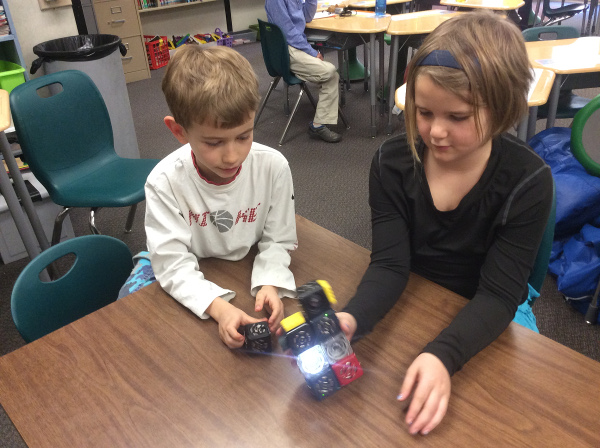- Descriptive
- Compare-Contrast
- Sequencing
- Cause and Effect
- Problem and Solution
In modern classrooms, we are seeing an increasing need to help students make the connections between content areas. After all, the skills we learn in math help students to not only perform adult, math-based tasks like budgeting, but also prepare them to think critically and analyze information in an internet-driven world. Likewise, as we begin to introduce computer science and robotics into the general education classroom, teachers everywhere are looking for ways to mindfully design interdisciplinary learning opportunities. For instance, how do coding and computational thinking fit within a literacy-focused classroom?
On one hand, the act of writing code into a computer helps students edit and revise their writing, paying extra attention to detail. Within computer code, one wrong letter or punctuation mark will invalidate a whole program, so many students feel motivated to scour their code until they find and correct the mistake. There are a surprising number of previously unengaged writing students who find their niche in computer programming, where they can practice many of the same fundamental skills that are normally taught through more traditional tasks.
Another essential component of literacy and comprehension is understanding text structures. This crucial literacy skill helps students analyze the author’s purpose when writing a piece, and helps them accurately interpret any relevant biases or comedic effect. The most commonly compared text structures are:







